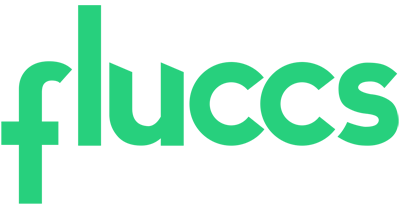In this article, we will introduce the layout of the Website Builder (CMS) and provide details on several of the key menus and features, including links to further information.
Top Navigation

Navigation Icons
- Undo & Redo: Use the left and right arrow icons to undo (Ctrl + Z) or redo (Ctrl + Y) changes.
- Preview: Click the eye icon (or use Ctrl + P) to preview your website within the editor. Hovering over it reveals additional preview options.

- Reload & Save: Reload refreshes your website, while save (Ctrl + S) saves changes. The save icon turns orange when changes are made, and saved changes are immediately applied if your site is published.
Device Views

- In the middle, choose between desktop, tablet, and mobile views to check your website's responsiveness. Hovering over a viewport reveals options for different resolutions and zoom factors.
Design & Pages

- Design: Set global settings like colour scheme and fonts to maintain consistency across your site.
- Pages: Manage subpages, URLs, metadata, and search engine visibility. Each subpage opens as a tab above the navigation.
To-Do & Publish
- To-Do: Manage global or on-page tasks for feedback and collaboration.
- Publish: Publish your website via the domain manager if it's not yet live.
More Menu
- Access additional features like redirections, backups, website export, preferences, help, and shortcuts.

- Website Settings: Here you can change the logo globally for the website and add a favicon and preview image of the website.
- Data: Manage the contact and customer data for this website in one place and use data bindings across the website so that changes are managed from one place but will affect the whole website.
- SEO: Add meta information for the website or code snippets that should be placed in the <head>.
- Languages: Activate different languages to display a multilanguage website.
- Collections Manager: Create and manage dynamic content like blogs.
- Files: Use the file manager to upload and manage images, files, and other content needed for the website.
- Content Import: If you want to use files, images, and content from an old website, you can simply use this feature to import the content directly to your website.
- Fonts: Manage the fonts that should be loaded for this website. You can select from available fonts or upload custom fonts.
- Wishes: Here you will see all information and requirements that your customers have uploaded under Wishes in their customer portal.
Burger Menu

- Redirections: Manage various types of redirects.
- Backups: Access automatic and manual backups.
- Website Export: Export your website as a ZIP file.
- Preferences: Customize editor settings.
- Help & Shortcuts: Access help resources and shortcuts for efficiency.
Content Sidebar
- Easily add elements or presets to your website through drag-and-drop functionality.

Footer

- Breadcrumb: Shows the hierarchy of containers and elements for easy navigation.
- Timer: Displays session duration for time tracking.
- Code Editor: Access and edit website code, including CSS, JavaScript, and HTML.
WYSIWYG Editor
- Double-click elements to edit settings, access preferences, or right-click for context menu options. This menu includes editing, copying, pasting, and making elements editable for customers from their portal.

